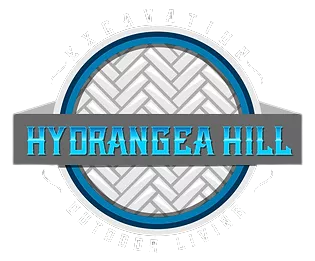
Septic systems or (Onsite Wastewater Treatment Systems, OWTS) play a crucial role in managing household wastewater in areas without access to municipal sewage treatment. To ensure the proper functioning of your septic system and avoid costly repairs, regular maintenance is essential. In this guide, we'll walk you through the key steps to keep your septic system in excellent condition.
1. Understand Your Septic System:
Before diving into maintenance tasks, it's essential to understand how your septic system works. A typical septic system consists of a septic tank and a drainfield. Wastewater from your home flows into the septic tank, where solids settle at the bottom, and liquids pass into the drainfield to leach back into the earth.
2. Regular Pumping:
One of the most critical aspects of septic system maintenance is regular pumping. Over time, solid waste accumulates in the septic tank. If the tank is not pumped, the solids can get into the drainfield, which can lead to potential clogs and system failure. Hire a professional to pump out your septic tank every 2-3 years, depending on household size and water usage.
3. Conserve Water:
Reducing water usage is not only good for the environment, but also beneficial for your septic system. Excessive water can overload the system and hinder the natural breakdown of waste. Install low-flow fixtures, fix leaks promptly, and avoid running multiple water-intensive appliances simultaneously.
4. Proper Disposal:
Be mindful of what goes down your drains. Do not flush non-biodegradable items, grease, cooking oils, chemicals, and pharmaceuticals. Do not flush wipes under any circumstances, even if they are advertised as flushable! These can disrupt the natural bacterial balance in your septic tank and lead to system malfunctions. Use septic-safe toilet paper and consider a lint filter for your washing machine.
5. Protect the Drainfield:
The drainfield is a crucial component of the septic system, where treated liquid is absorbed into the soil. Avoid parking vehicles or planting trees near the drainfield to prevent soil compaction and root intrusion. Be cautious about what you plant in the area to avoid disrupting the system's functionality.
6. Perform Regular Inspections:
Keep an eye on your septic system by scheduling regular inspections. Look for signs of potential issues, such as slow drains, odors, or wet spots in the drainfield area. Early detection of problems can prevent major repairs and prolong the life of your septic system.
Investing time and effort into septic system maintenance is a wise decision that can save you from costly repairs and protect the environment. By following these guidelines, you can ensure that your septic system operates efficiently, providing a reliable and environmentally friendly solution for wastewater management.
